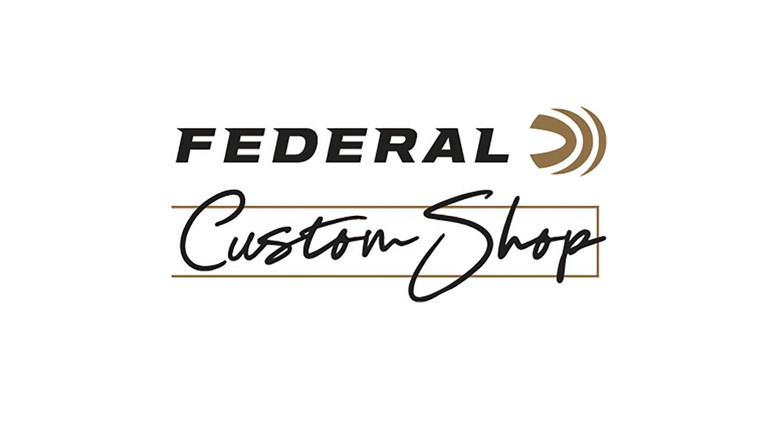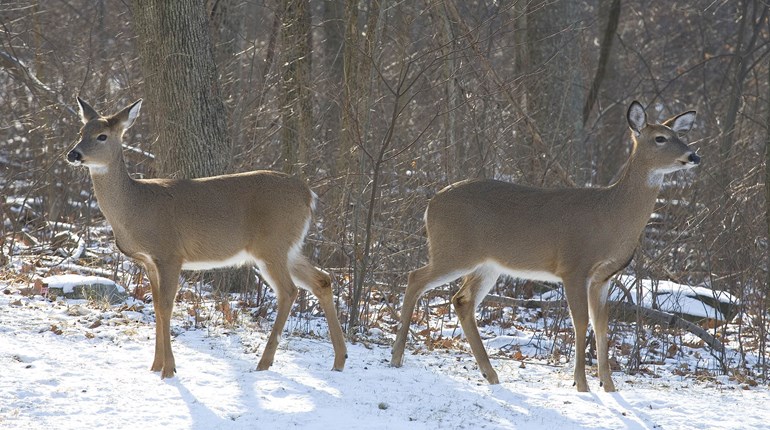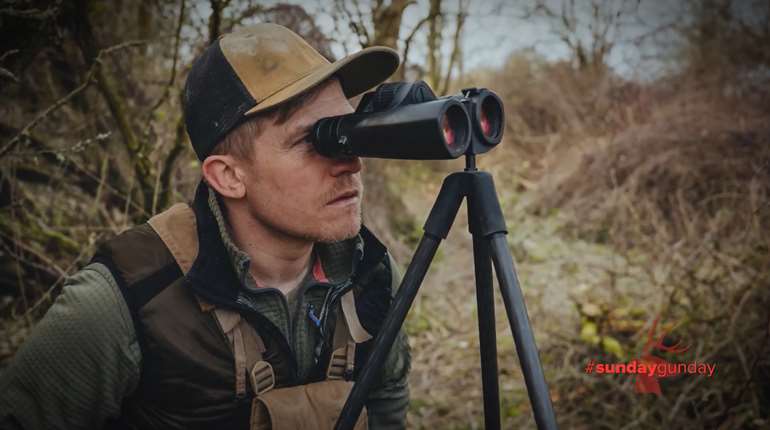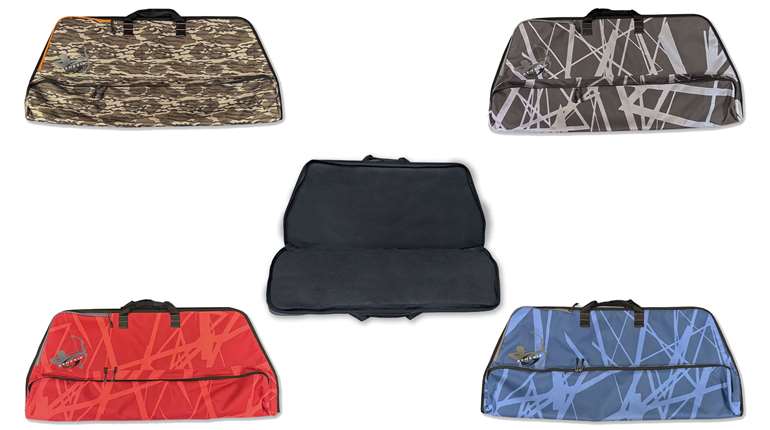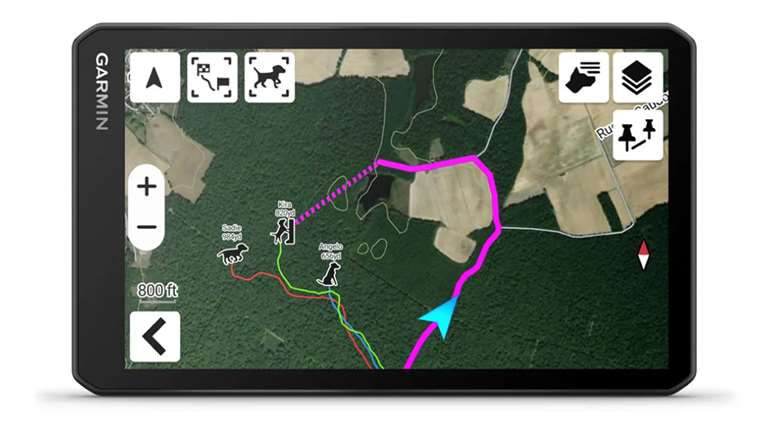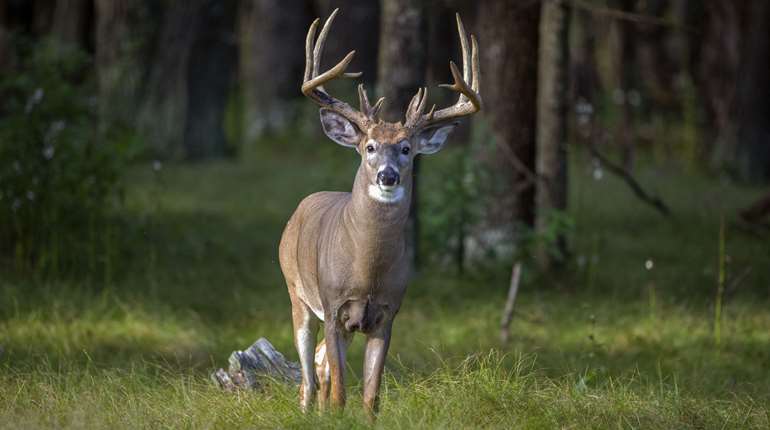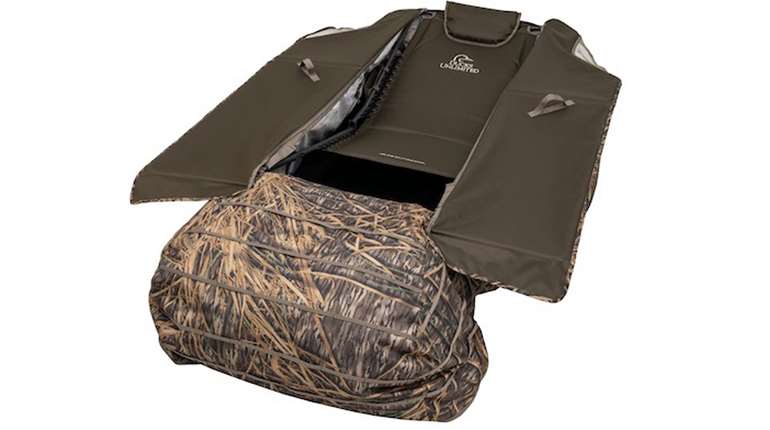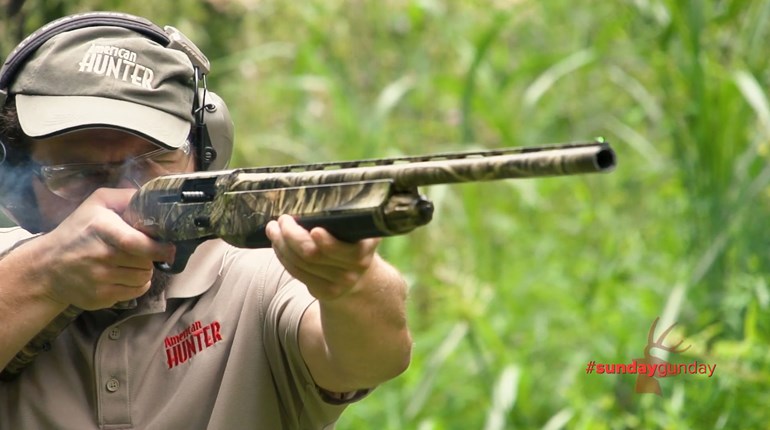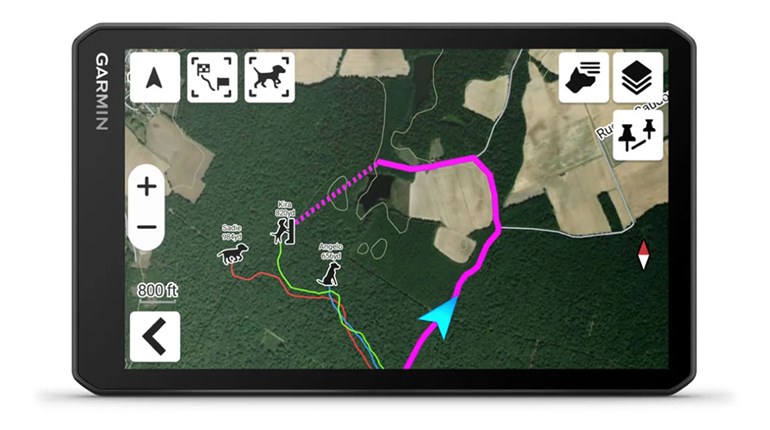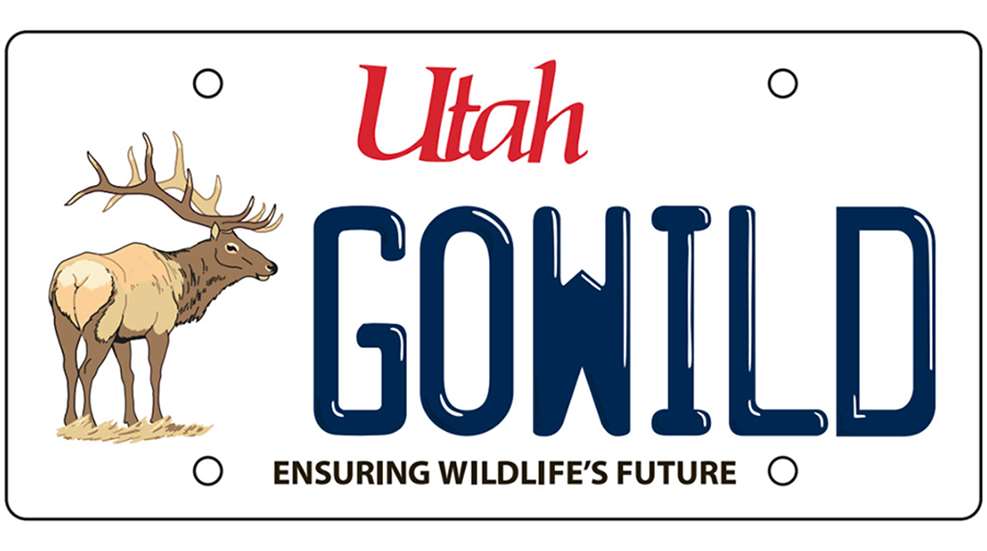
Vehicle owners in dozens of states can purchase a conservation-themed license plate for their vehicle. They cost more, but the extra cash goes toward managing wildlife or helps fund another environmental effort in the region.
The Utah Division of Wildlife Recourses (DWR), for example, began selling specialty wildlife license plates in 2004. From 2019 to 2024, the plates raised more than $1.9 million for conservation programs in the state.
While the majority of funding for managing fish and wildlife species in Utah comes from hunting and fishing license and permit sales, the specialty license plates allow drivers to also support the species they care about. The state currently offers four license plate options: elk; mule deer; kestrel; and trout.
Maryland, on the other hand, has nearly 1,000 different versions available. That volume has raised than $20 million in the past five years. Utah’s effort—despite being a fledgling by comparison—is making a big difference.
“The wildlife license plates are a fun way to show support for Utah’s fish and wildlife, and we are grateful to the Utah Legislature for approving this additional funding option and for all the Utahns who support wildlife conservation through these plates,” said DWR Administrative Services Chief Kenny Johnson. “We’ve seen an increase in sales the last few years, particularly in 2021 and 2022 following the pandemic. Our most popular plates are the elk and mule deer options. Of all the specialty plates offered in Utah through the Utah Division of Motor Vehicles, our wildlife plates were the third-highest generating plates from 2019 to 2024.”
Revenue from the mule deer, elk and trout license plates goes toward funding the management of game species in Utah. Funds generated from the kestrel license plate helps underwrites conservation efforts and projects that benefit nongame species—fish and wildlife that aren’t hunted or fished for—in the state.
“Often, the license plate funds are paired with other funding sources, like federal grants, which greatly increases the impact of those funds for wildlife conservation projects,” Johnson said.












